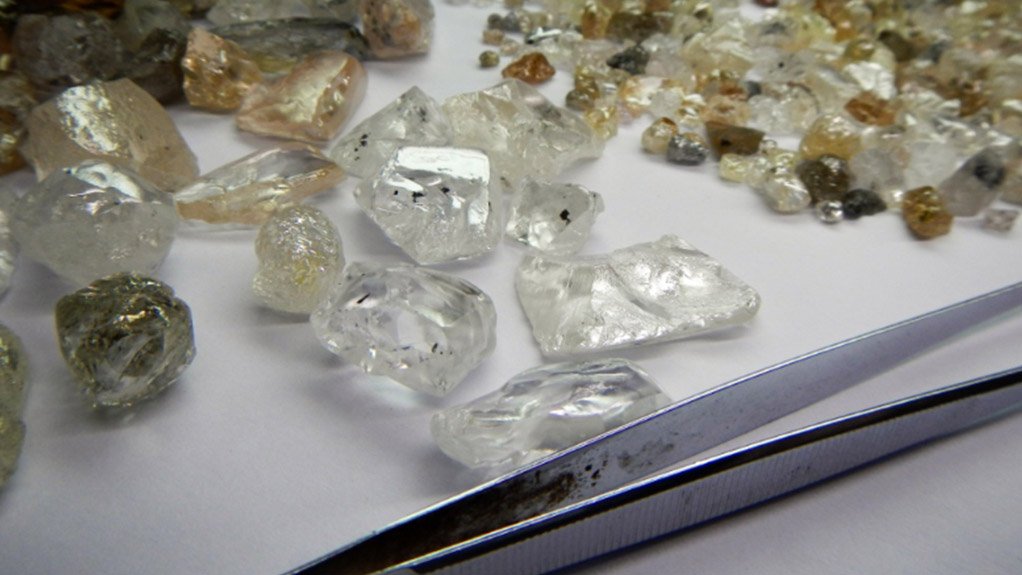
Namibia’s diamond sector is expected to contract by 4.5% in 2025 and by a further 5.7% in 2026, according to the Bank of Namibia (BoN).
The central bank attributes the decline to weak global demand, the imposition of trade tariffs, and growing competition from lab-grown alternatives, despite a slight upward revision from earlier forecasts.
“The diamond mining sector is anticipated to contract throughout the forecast period, reflecting persistent weakness in global demand for rough diamonds,” the BoN said in its latest outlook.
The central bank added that these structural challenges are expected to persist in the medium term, placing additional pressure on the industry.
While diamonds continue to weaken, uranium and metal ores are forecast to lift overall mining output. The mining and quarrying sector as a whole is projected to grow by 3.1% in 2025, recovering from a 1.2% contraction in 2024.
Uranium production is forecast to expand by 23.3% in 2025, compared with growth of just 1.8% in 2024, supported by higher output and sustained international demand for nuclear energy. Growth is expected to slow to 6.2% in 2026 but remain a strong contributor to exports.
“The uranium mining sector is forecast to experience strong growth in 2025 and 2026, supported by sustained elevated global demand for uranium and the renewed focus on nuclear energy,” the BoN noted.
Metal ores are projected to increase by 8.3% in 2025 and 6.4% in 2026, driven by stronger gold prices and higher-grade ore processing.
Other mining and quarrying, including oil exploration, is forecast to grow by 3.4% in 2025 and 6.5% in 2026 as exploration activity resumes.
“Growth for other mining and quarrying is projected to recover in 2025, driven by exploration activities. The acceleration is attributed to the resumption of oil and gas exploration alongside increased prospecting activities in the mining sector,” the BoN said.
Support sectors are also expected to benefit. Construction is forecast to grow by 8.5% in 2025 and 12.8% in 2026, boosted by mining projects and public investment.
Electricity and water supply is projected to expand by 12.3% in 2025, driven by hydro and solar output, while transport and storage is expected to grow by 8.5% on the back of expanded port operations and freight infrastructure upgrades.







